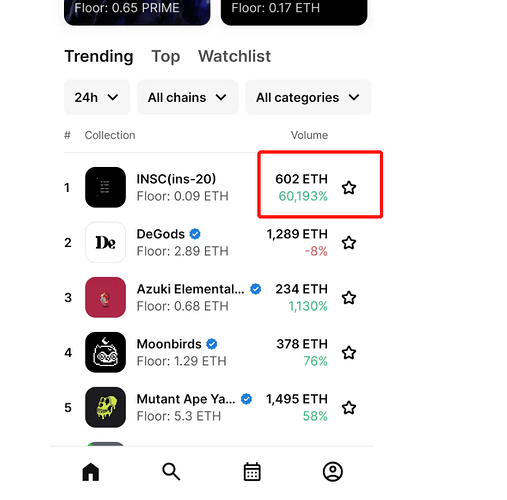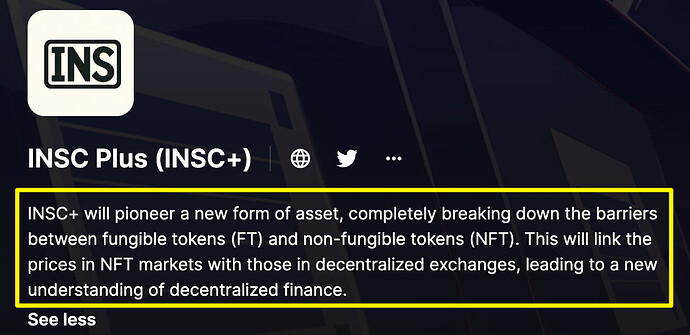I responded in the GitHub pull request with a technical issue with the proposal as-written. Posting here to also voice concerns about the overall structure of this EIP:
In general, I feel this doesn’t need to be an EIP, since it doesn’t need to be a standard that multiple contracts implement. If people wish to give meaning to arbitrary data that is just announced/timestamped on an EVM blockchain, it doesn’t need to be implemented by multiple smart contracts (since that mentality is aiming to skew away from smart contracts). Instead, just one contract needs to exist with a method anyone can call, to trigger an event with arbitrary data. And actually many of those already exist from the early days of Ethereum when people were experimenting with simple “greeter” contracts. What benefit is to be gained by a project organizer deploying a smart contract for their project that allows people to trigger “Inscribe” events, but doesn’t use any other smart contract benefits?
That “only” is discounting one other thing I think is important: Event indexers already exist. Web3 SDK libraries give easy access to filter and query Events (as they’re exposed by the JSON-RPC node APIs), but calldata isn’t as easily filterable. An additional benefit you get by “paying twice” is the ability for many other nodes to present your data in a more convenient package, and so will show up in some form in explorers, wallets, and portfolio tools without them needing to specifically modify to support it.
If this is to become an accepted EIP, a technical concern with the formatting chosen: If the data value of the event is forced to be a data URI, then why is it defined as a bytes value rather than a string value? I would suggest dropping the requirement that it be a data URI in format, and allow any data to be present. That allows for implementations to use whatever data encoding they prefer (e.g. protobuf or BSON). Using BSON or Solidity data encoding would encode the data more compactly (and therefore reduce the cost to inscribe). The data URI format needing to start with data: means every inscription has five extra bytes it needs to pay to store.


